By Paul Bucci and Fiona Anderson, Triumph Social Media
Beautiful desert climate. Old Hollywood glamour. Star power. Outdoor adventure. Great food and dining. Palm Springs, California, has all of that and more.
Located about 160 kilometres east of Los Angeles, Palm Springs is literally an oasis in the desert, with water coursing into the city from the mountains and springs.
It’s also a cultural oasis – and unlike some areas of the American South, where brashness and extreme political views seem to always be on abundant display – Palm Springs is quiet, polite and sophisticated with a beautifully relaxed West Coast vibe.
Palm Springs is ideal for those in search of quiet outdoor adventure. There are miles and miles of hiking trails with stunning views of the desert, as well as cycling and rock climbing. For those who like to golf, the area has more than 100 golf courses. For family fun, take a jeep tour (more on that below), a balloon ride or a gondola ride up into the mountains and snow (more on that below, too). We visited Palm Springs in late December in search of an active, non-golf-related week in warm weather and here’s only some of what we found…
Home of the Agua Caliente
Our first destination was the Indian Canyons area, located on the lands of the Agua Caliente Band of Cahuilla Indians.
Indian Canyons has more than 100 kilometres of hiking trails with several destinations, ranging from easy to strenuous. It’s a magical place, with towering palm trees lining the Murray Canyon Trail, a moderately difficult pathway along a cool, clear stream that led us to the Seven Sisters waterfall.
The area is alive with birds chirping and flitting among the sagebrush and cacti. Hummingbirds darted across the trail, buzzing overhead like mini-helicopters then disappearing with astonishing speed.
We bumped into a guided horseback tour, with riders sauntering along, dressed in cowboy hats, their mounts moving gracefully down the trail.
The Cahuilla people have lived in the area since the dawn of history. Legend has it that the creator gave life to Tahquitz, an immensely powerful supernatural shaman who originally was a force for good but became selfish and harmful over time.
Later in our visit we hiked the nearby Tahquitz Canyon, where the angry shaman is said to have been banished. According to the Cahuilla, Tahquitz sometimes makes his presence known by causing the ground to shake, the mountains to rumble and rocks to tumble down the surrounding hills.
Palm Springs Aerial Tramway: There’s no business like snow business
Although we left British Columbia in an attempt to escape snow, we decided to try the Palm Springs Aerial Tramway, which reaches high into white-topped mountains and is, on average, an astonishing 30 degrees cooler than the city below it.
The tramway’s cars rotate 360-degrees as they make their way up the craggy Chino Canyon, pushing high into the sky and deep into Mount San Jacinto State Park.
Snow in the desert is a rare thing, and at 8,500 feet, the tramway’s upper lodge and surrounding area had a few slushy inches of it.
We experienced a certain Canadian smugness as we watched children throw the first snowballs of their life. Others jumped onto small sleds and slid down small bumps covered in snow.
The park offers more than 80 kilometres of hiking trails, especially popular in the warmer months. We walked for just over a kilometre to a viewpoint overlooking the Coachella Valley.
A healthy way to catch a glimpse of Hollywood glamour
You can’t escape celebrity culture in Palm Springs even if you wanted to.
For nearly 100 years, the town has been associated with the entertainment industry.
Located just two hours east of Hollywood, Palm Springs was originally a getaway for actors who wanted to escape the reach of Hollywood paparazzi whose expense budgets didn’t allow them to travel that far. Today it’s still a hub for celebrities, business leaders and others among the well-heeled who want to escape to the calm of the desert.
With street names like Frank Sinatra Drive and Gene Autry Trail, the Palm Springs Walk of Stars and a statue of Marilyn Monroe’s famous subway pose, as well as walking and driving tours that feature the city’s past and present residents, the city handles its rich and famous visitors with a curiously understated charm.
We used bicycles to cruise the neighbourhoods to admire the former homes of celebrities such as Dinah Shore, Bing Crosby, Ronald Reagan and Elizabeth Taylor as well as the clean lines of the mid-century modern homes that dominate the neighbourhoods. Inspired in some ways by industrial design, these homes are strikingly beautiful in an elegant and understated way.
The day we were there, there was a daytime party at one of Howard Hughes’ old homes, with luxury cars parked in the driveway and up and down the street.
There were no throngs of onlookers or paparazzi that we could see – just the occasional pedestrian or cyclist quietly making their way through the peaceful neighbourhoods – which is what attracted the celebrities in the first place.
When new life came to a dead sea
One of our reasons for heading to Palm Springs was to explore the nearby Salton Sea, where we were awed by the sight of thousands of birds, unperturbed by our presence.
As we stood on the shores of this vast, briny lake, gangly black-necked stilts walked like unsteady circus clowns on tall, pencil-thin bright-pink legs, bobbing their heads every few seconds to snatch some morsel from the smelly waters.
Pelicans, plovers, grebes and other birds cheeped away, scraping up one snack after another on this vitally important stop on the Pacific Flyway.
Like almost everything in the Palm Springs area, the Salton Sea is the result of the earth shifting along its tectonic plates.
Millions of years ago, the Baja started to peel away from the mainland of what would become known as Mexico.
As it split away, the Sea of Cortez advanced far inland, deep into the valley where the Colorado River eventually made its way to the ocean.
For millennia, the Colorado River has carried massive amounts of soil and nutrients into the area. It eventually deposited so much material that a natural dam formed, separating the Salton Sea from the ocean. And over thousands of years, the area has either been a salty lake or a dry desert basin, depending on the winding and wending ways of the Colorado River.
Settlers in the area learned that if water was applied to the desert soil, almost any crop could be grown. They began building irrigation canals to fuel a burgeoning agricultural industry.
But the Colorado River had other ideas and in 1905, during a particularly strong spring runoff, the river blew out the irrigation systems and flooded much of the valley.
It took almost two years to get the Colorado under control and to stop it from flooding the valley. And while entire communities were lost, the Salton Sea was reborn, becoming California’s largest lake.
Fed by agricultural irrigation run-off and the occasional bout of rain, the lake became a popular playground for Californians who flocked to the area often with boats and fishing gear. At its peak there were boat ramps that could accommodate 15 boats at a time.
But now, as water becomes increasingly scarce, and farming becomes more efficient in its use, the lake is gradually shrinking, a victim of relentless heat and chronic drought.
Although shallow and slightly odiferous, it’s still a spectacular area, full of birds and surrounded by beaches made white from salt and barnacle shells.
Some days a million birds make a stop in the area, and there are now plans to help keep the lake alive.
From the Salton Sea, we decided to head to the Joshua Tree National Park, a delightfully twisty drive filled with mountains, box canyons and desert scenery.
Teddy Bears: The most dangerous plant in the desert
When you think of teddy bears, you probably think of soft, cuddly stuffed bears.
But you’d be making a very serious mistake if you were to try to pet a teddy bear cholla cactus.
Not far from the Salton Sea lies the South Entrance of Joshua Tree National Park.
Famous for its night skies, hiking, rock-climbing and other activities, the rugged park straddles the Mojave and Colorado deserts.
Larger than the entire state of Rhode Island, the park stretches for as far as the eye can see, surrounded by mountain ranges.
As you might discern from its name, this area has Joshua trees as well as yucca and other plants typical of the high-country desert.
It also has the teddy bear cholla cactus – which is sometimes called the jumping cactus for its uncanny ability to spear passers by.
With spines as sharp as barbed fish hooks, Sir David Attenborough called this plant the most dangerous in the desert.
While that might be a little over the top, it’s certainly one of the most beautiful plants in the desert – and Joshua Tree National Park’s Cholla Cactus Garden is a must-see for any visitor to the area.
The 10-acre garden is easily accessible with plenty of parking and hiking trails.
We ventured into the garden about an hour before sunset on New Year’s Eve as the sun began to slide behind the mountains.
Those devastatingly sharp spikes – expert at catching tourists and animals alike – are also ideal for catching the sun, with the last light of the day making them glow like fuzzy, warm lanterns.
The park has many other attractions well worth visiting, and we hope to make it back someday.
It’s not my fault
In many ways, Palm Springs is defined by the San Andreas Fault, a major geological fault that runs through the area and much of California.
Two-tectonic plates – the North American and the Pacific Plate – grind past each other in opposite directions, pulverizing rock and placing an unfathomable amount of pressure on the earth.
A great way to learn about the fault – and the area’s geology and ecosystem – is to go on a guided jeep tour.
We spent a glorious afternoon with Red Jeep Tours on their San Andreas Fault Jeep Tour.
You can read more about that here.
Food, fun – and open vistas, open minds
Part of Palm Springs’ charm is its relaxed vibe and low-key atmosphere, fuelled in part by its welcomeness and inclusiveness.
The area is a popular LGBTQ+ destination, and the local tourism authority has web pages dedicated to the community.
The food scene is vibrant, with plenty of choices for a budget-conscious traveller or those seeking higher fare.
We ended our time in Palm Springs at a busy Mexican restaurant, located next to a statue of Sonny Bono, a now-deceased singer, actor and politician best known for being half of the famous Sonny and Cher singing duo.
Bono’s influence on the area was immense. As mayor he was a driving force in revitalizing the city’s downtown area and rejuvenating the local economy.
He was a strong advocate for the preservation of the city’s historic architecture and the promotion of Palm Springs’ tourism industry.
Bono’s statue is a smiling bronze likeness, casually dressed and seated on the edge of a fountain, its hands burnished a little brighter by the repeated touch of thousands of visitors.
In a way, Bono’s effigy is also emblematic of the area itself.
Charming, accessible, warm and open.
All that you could hope for in a visit to a desert getaway famous for its star-studded appeal.
Getting there:
- More than a dozen airlines fly to the Palm Springs International Airport, including Air Canada and WestJet.
- There is also a paid shuttle service from LAX to Palm Springs.
Planning
- Visitpalmsprings.com is a great go-to source for planning a Palm Springs getaway, with information on destinations, activities, food, events, weddings, LGBTQ+ travel and more.
Plan your adventures throughout the West Coast at westcoasttraveller.com and follow us on Facebook and Instagram @thewestcoasttraveller. And for the top West Coast Travel stories of the week delivered right to your inbox, sign up for our weekly Armchair Traveller newsletter!

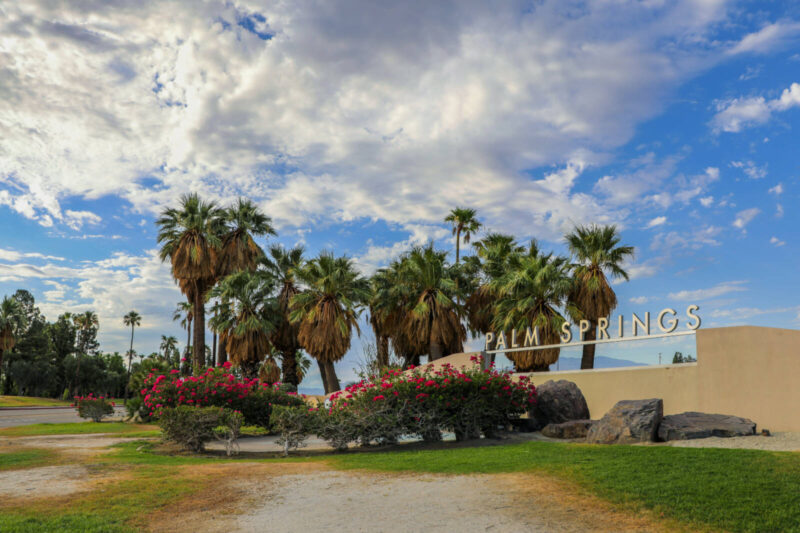

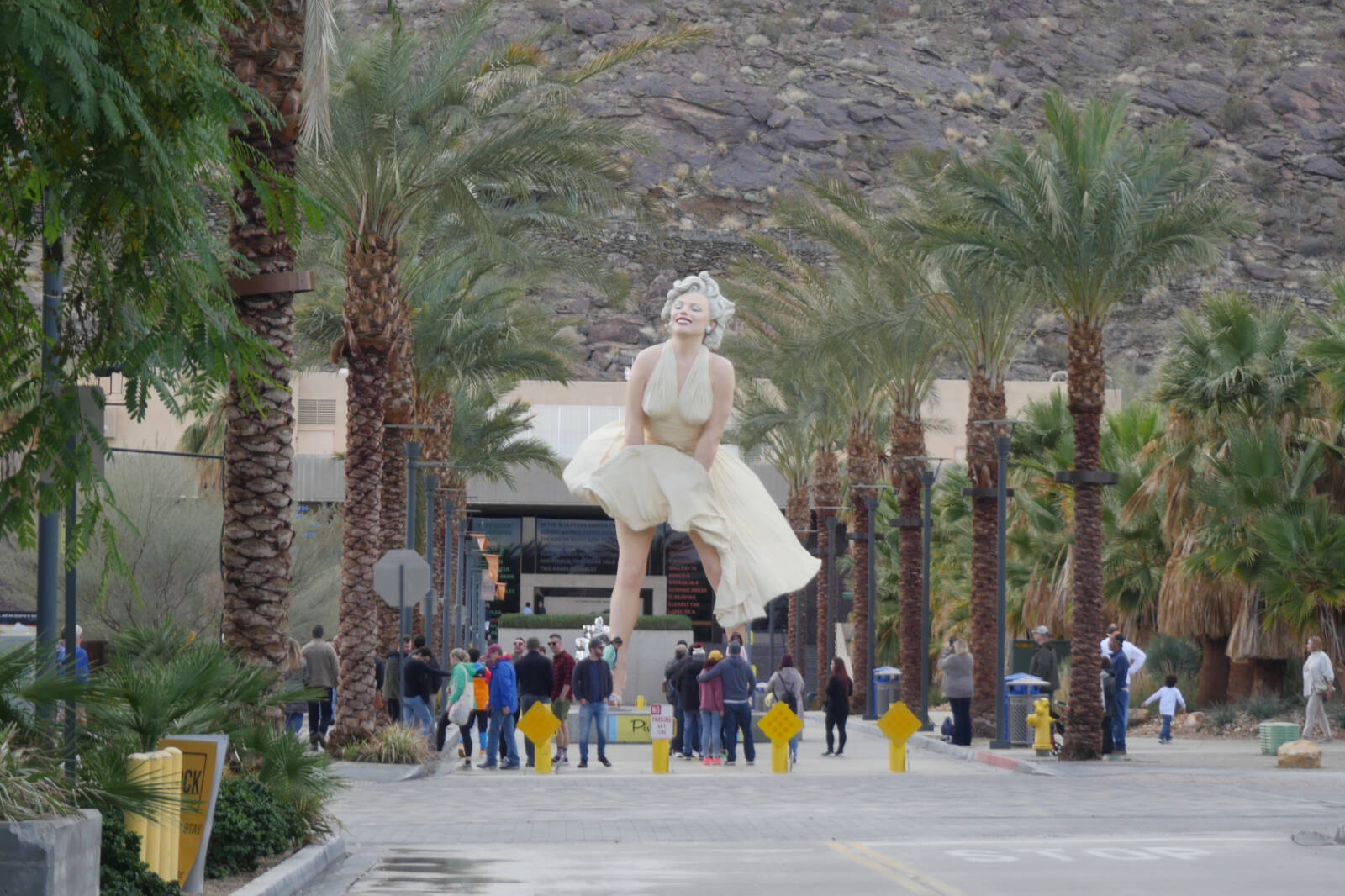
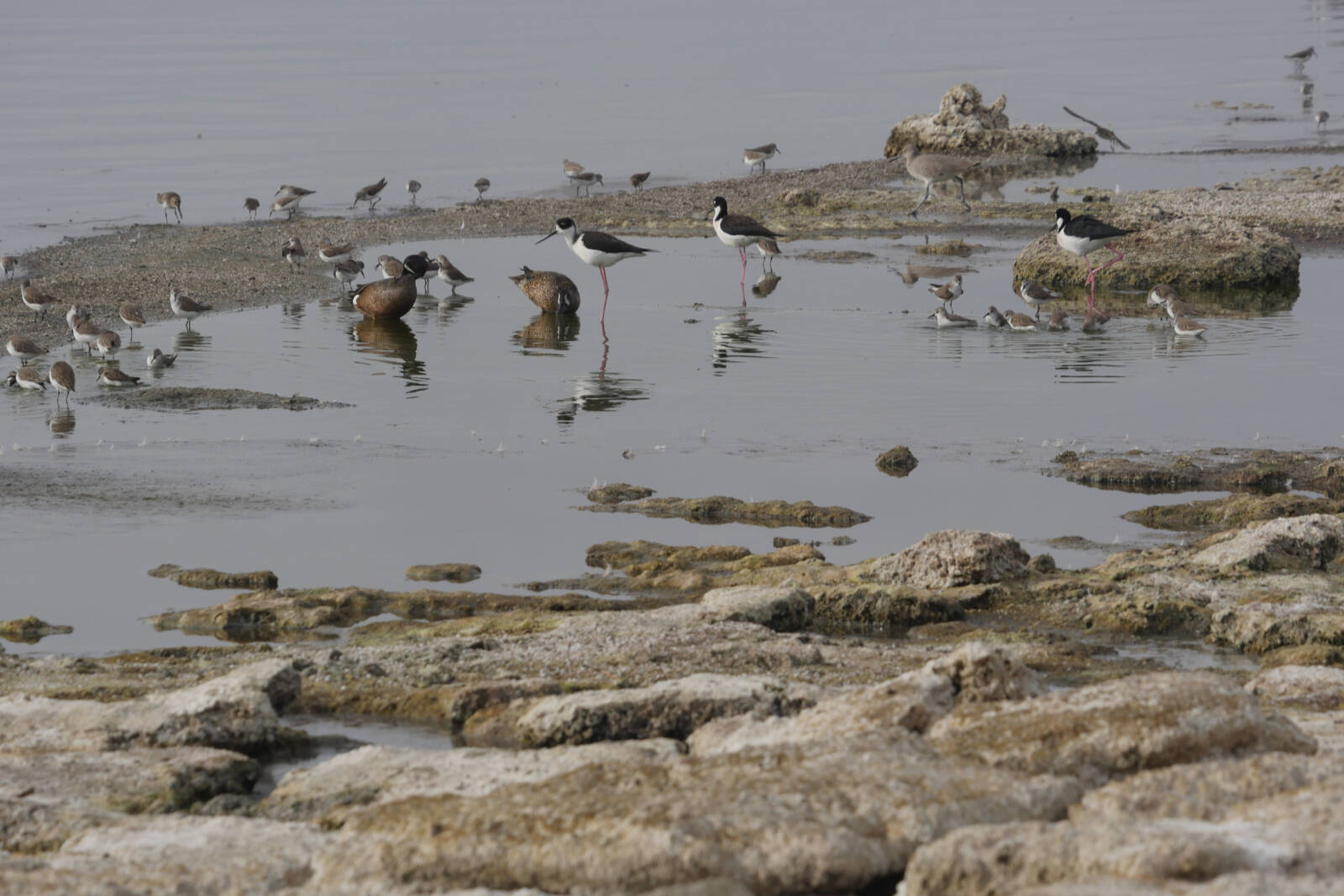
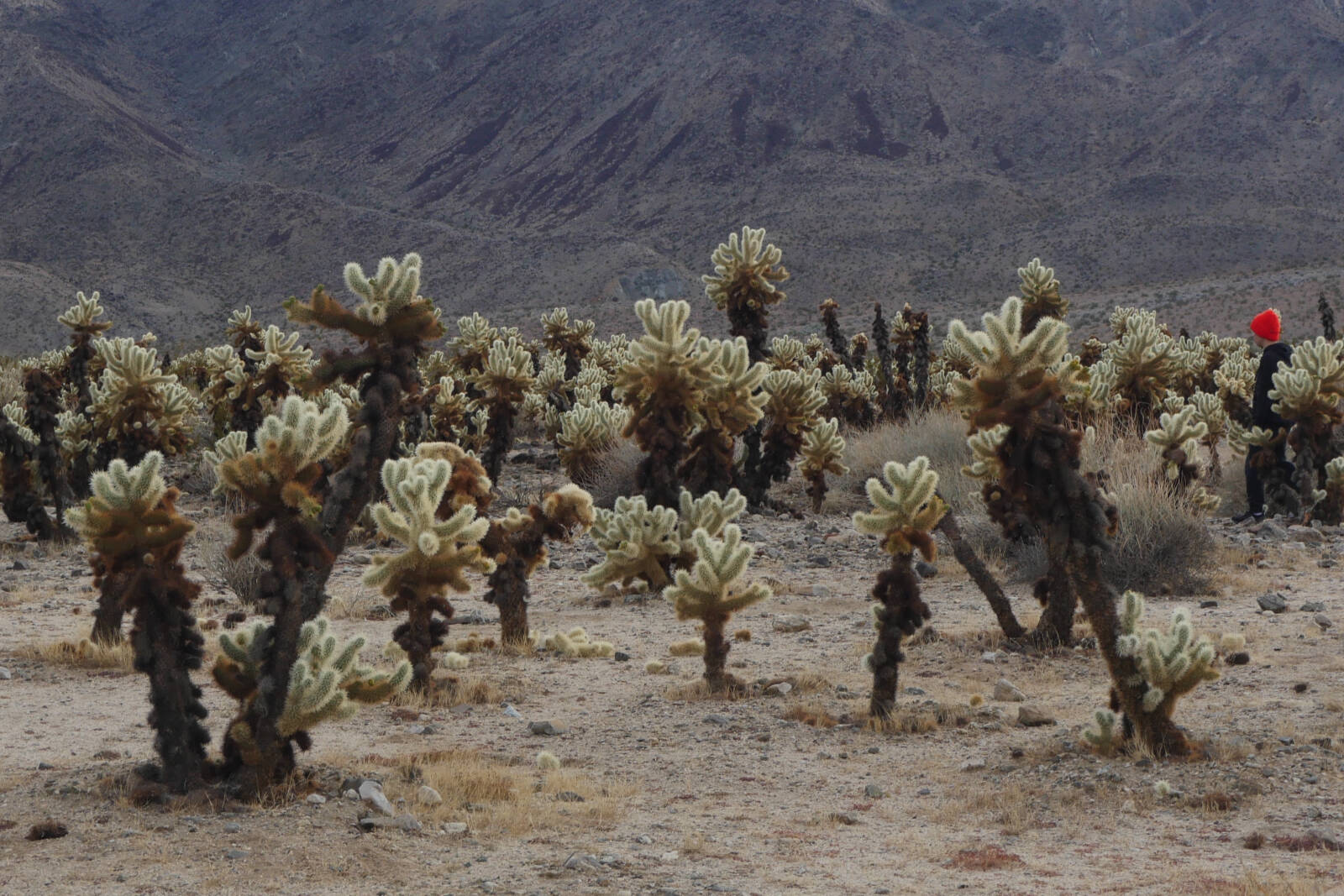



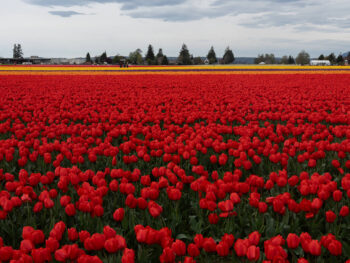

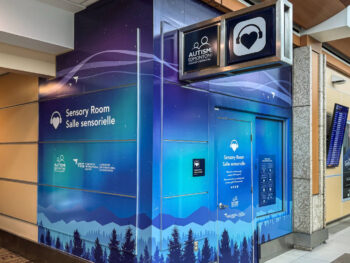
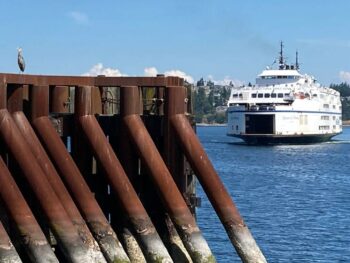
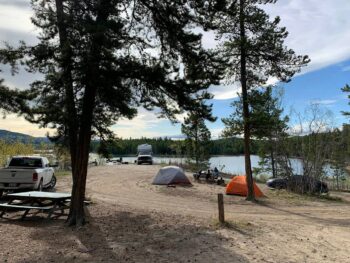
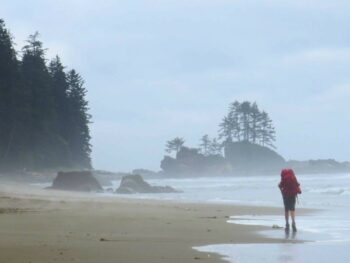
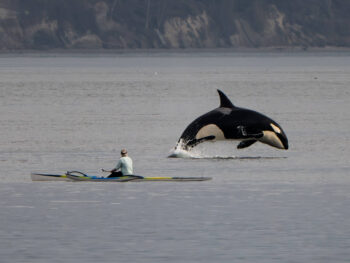
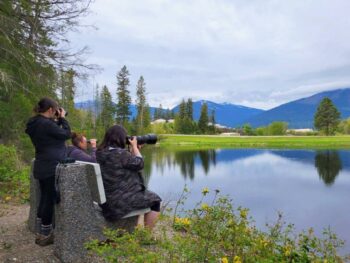
 Victoria’s Craigdarroch Castle shows its Christmas style
Victoria’s Craigdarroch Castle shows its Christmas style